Composed in the Fall of 1992, A Movement for Rosa remains one of Mark Camphouse’s most significant works for band. Subtitled “Honoring Civil Rights Heroine Rosa Parks,” the work was commissioned by the Florida Bandmasters Association. It has three contrasting sections, each depicting a period of Rosa Parks’s life. Section one portrays the early years of her life during the beginning of the 20th century. The second section depicts the years of racial strife that ensue after Rosa’s simple but courageous act. The last section is meant to evoke feelings of quiet strength and serenity as the hymn tune “We Shall Overcome” is presented plainly.
The work uses standard band instrumentation plus piano. Each of the five percussion parts can be covered by a single player, but several percussion instruments must be shared. The conductor’s score is transposed, but no key signatures are used. There are specific tempo markings throughout the work, but these only appear at the top of the score and are not reproduced above the brass and percussion systems. All percussion parts use trill markings to indicate rolls.
This grade 5 work may cause numerous problems for players. A preponderance of slow tempi and the juxtaposition of duple and triple subdivisions will make it difficult for the ensemble to play in time together. Flute, bassoon, alto saxophone, and horn have exposed solo lines, and the thin textures force accompaniment players to play in a chamber style as well. First and second trumpets play up to high C# and B# respectively, and horn parts extend to written A5. In addition, the rich harmonic language can create many intonation problems.
Section I
The initial flute solo presents the Rosa theme in a low register. The director should merely cue the flute soloist to begin and avoid obscuring the simplicity of this plaintive opening. The flute soloist will need full breath support to produce a clear tone and maintain pitch. The pairs of dotted quarter notes denote a written-out rubato; this technique is used throughout the work.

The following alto sax and bassoon duet restates the theme. The pair of players will likely need to overplay the piano dynamic to produce a good sound and pure intervals. Again, the conductor’s gestures should be minimal – no more than is helpful for clarifying the independent rhythmic lines. There is no clear key until the brass choir enters at measure 16; at this point the meandering harmony of the alto sax and bassoon is replaced by a plagal cadence in C.
The chorale is marked religioso, perhaps to emphasize Parks’s strong affiliation with her church, and phrasing is indicated through breath marks and the abbreviation N.B. (no breath). Do not permit the brass to overpower the melody in the horn.
The fourth and final statement of the Rosa theme ends with a distinctly F lydian sound. The augmented fourth is resolved down to the major third of the chord in the euphonium and bassoon; this particular sound is a trademark of Camphouse’s harmonic language.
As the Rosa theme subsides, a tritone is used to shift the key; this harmonic progression is the first of many that will produce intonation difficulties. First, have the entire band play the roots, in this case F-B-Db. When the band is accustomed to this movement, tune each chord separately, in each case starting with the root, adding the fifth, and finishing with the third. Use hand signals to raise and lower the 4-3 suspension in the B minor chord so students with this moving part can lock in the intonation for both notes.
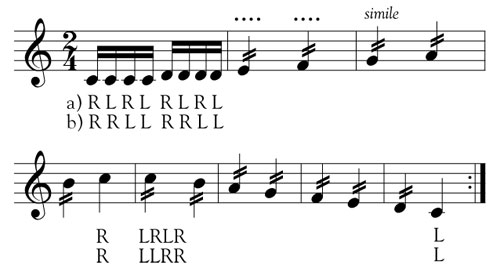
In measure 34 fragments based on the first five notes of “We Shall Overcome” are introduced. This fragmentation recurs frequently throughout the first two sections and is typically built upon open fifths. It is used to foreshadow the presentation of the hymn tune in Section III.

During the accelerando in measures 36-39 fifths built on Eb and F appear simultaneously. Proper balance between these opposing lines will help bring out the contrary motion between them.
Measure 44 is marked Nobilmente and begins the loudest phrase of Section I. In the fourth measure of this phrase the countermelody in the bass clarinet, tenor sax, and euphonium must protrude above the whole notes. The melodic voices often will drag the wide intervals in the following measure; encourage these students to push through the triplets. Beat four of measure 51 should be subdivided for the horns.
The next section has a beautiful lyrical melody in G natural minor, based on flowing eighth notes in clarinets and euphonium. The same idea is passed to the upper woodwinds, which should be carefully balanced against the countermelody in the horn and euphonium. Students often misinterpret the 32nd note pickup as a 16th note.
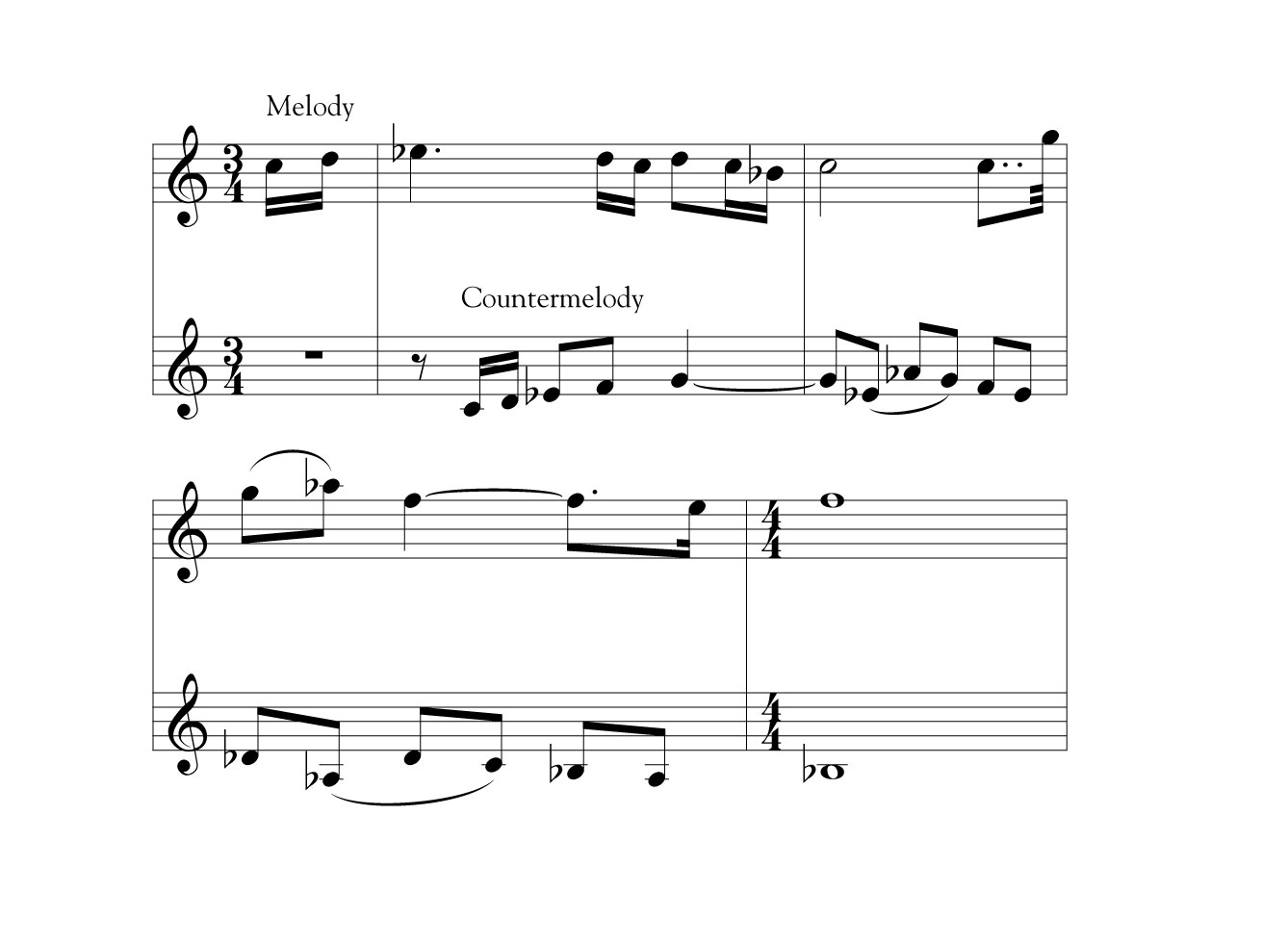
As section I ends, fragments of the hymn tune in open fifths return above a new march figure that appears in the low woodwinds and percussion on a pedal G. The timpani and bass drum players will need to dampen between repeated quarter notes to establish clarity. The low woodwinds should match the length of the percussion as determined by the director. In the remaining measures of Section I, the Rosa theme returns in G minor in the bassoon and euphonium.
Section II
This section will have the most intonation problems because of the major sevenths and minor ninths used to create tension. The second section begins with open fifths that collapse to produce tritones. In measure 81, tune the E minor triad first before adding the flatted fifth in third clarinets, first alto sax, and first trombone. The color of the tom-tom part is very important in establishing the mood of Section II. The aggressive hits reinforce the dissonant harmony and symbolize the violence that characterizes this section.
Starting at measure 85 the fanfare figure from Section I returns in the upper woodwinds, first trumpet, and horns. The low Bb should be played with strength before the leap up an octave. Contrasted against the dissonant accompaniment the fanfare now sounds more angry than heroic.
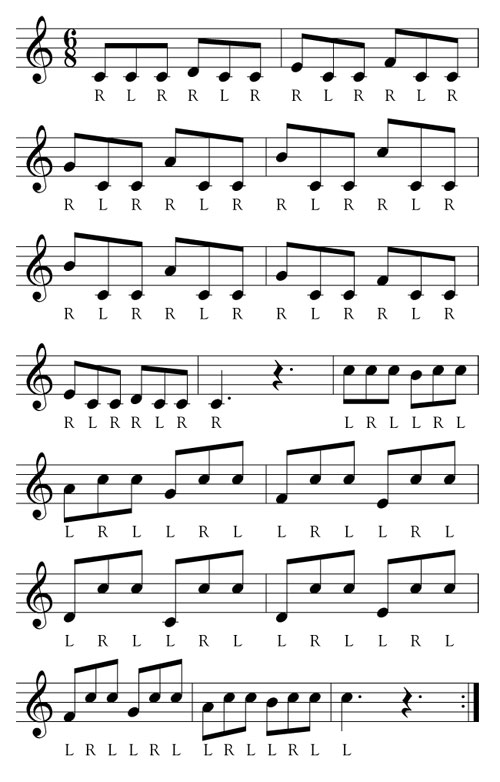
The Rosa theme is alluded to in measures 88-90. A strong preparatory gesture for beat four of measure 90 will help the second and third trumpets and snare drum enter at the right time.
The next phrase is marked Violently and features four octaves of F#s in the upper winds juxtaposed against the low winds. To tune the F#s, start with all players in a comfortable register. When the pitch is centered individual players and then sections can return to the octaves as written. The lower part should be played without the F#s so these players can tune their intervals. Other difficulties in this section include the abundance of upbeat attacks in the low instruments and timing the upper voices and snare drum rim shots.
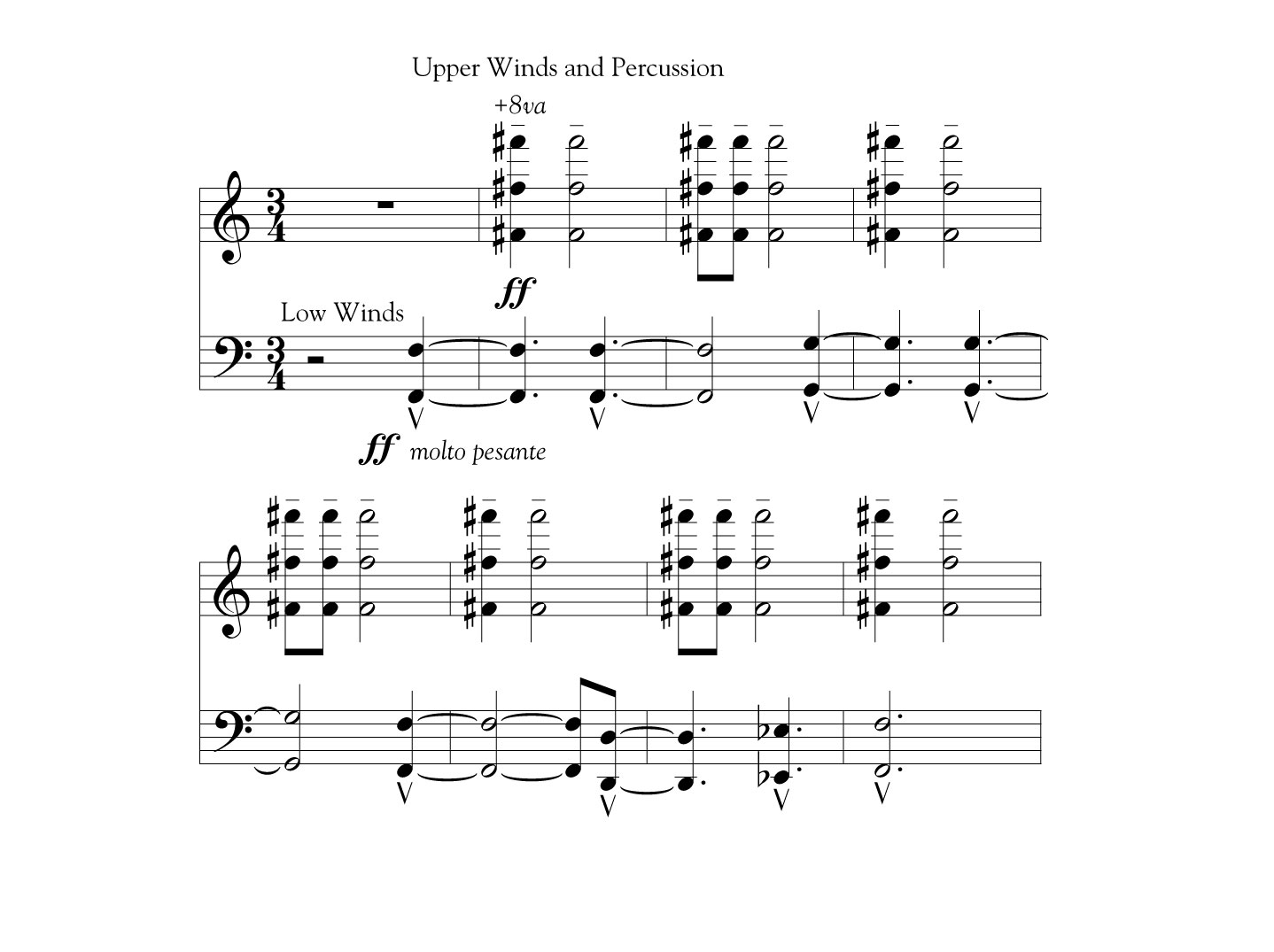
The timpanist will have to practice the tritone glissando in measures 105-107 for pitch accuracy. In performance, the timpanist can listen to the chimes for a pitch reference in the measures preceding the glissando. As the dissonance decreases in volume the balance should shift to the tritone played by the first alto sax, piano, and chimes and answered by flute, clarinet, piano, and vibes.
As the tempo suddenly increases from quarter note=52 to quarter note=132 the texture quickly becomes extremely dense through progressively higher polychords. To improve intonation tune each chord separately; the trombones have a Gb, saxes and horns an A and trumpets Eb. Above all this the upper woodwinds and piano add quartal harmonies. The texture thins again as the tempo increases slightly to quarter note=138.
The block chords in the low winds are exposed, so these players will have to match style carefully and subdivide accurately. The style of these chords changes from marcato to heavy and sustained to staccato every two measures, and the changes should be immediately noticeable.
The tempo increases again at measure 127 to quarter note=144, which is the fastest section of the entire work. The bass line quickly settles into a melodic ostinato in 54 time. The sheer velocity of this section means that the instruments with this part will have to play with aggressive technique in a lightly separated style, paying careful attention to slur markings and accents. Percussionists tend to rush the pickups to beat one of each measure.
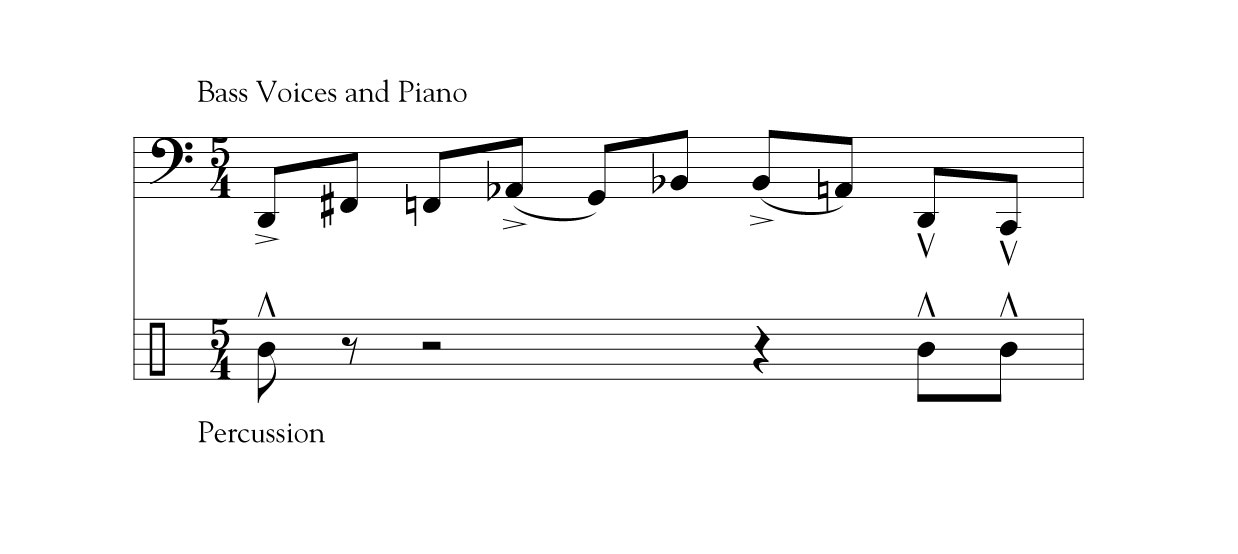
The hymn tune fragmentation returns at measure 136, now voiced as full major triads instead of open fifths. A steady stream of 16th notes in the bongo and later the tom-tom gives the ensemble an audible subdivision, but the director should provide cues for both offbeat entrances in measure 141. When the tempo decreases abruptly in measure 157, the director must determine how many beats will be subdivided to preserve ensemble accuracy.
The lyrical chorale from Section I returns, now in E minor, and Section II closes similarly to Section I with a return of the march figure, now rooted on a pedal A. The low brass figure in measure 176 provides a strong feeling of resolution to the tension created in Section II and should receive ample space.
Section III
The last section begins with a quiet return of the hymn tune fragmentation. The voicing of the major seventh chords in first inversion will likely cause intonation problems. After the harmony settles into an open fifth, the horn soloist now plays “We Shall Overcome” in its entirety. Brass players with the concert C should use fourth valve or extend the third valve slide.
The independent lines in measures 193-197 can get masked easily; balance is important here. As the hymn tune closes the bells must coordinate precisely with the winds. The texture returns to a concert C, now voiced only in first clarinet, first alto sax, and muted first trumpet. These players must know their instruments’ pitch tendencies.
The next four measures are based on a melodic ostinato found in the piano part and doubled by various woodwinds and percussion; players should identify how their fragments fit with the piano part.
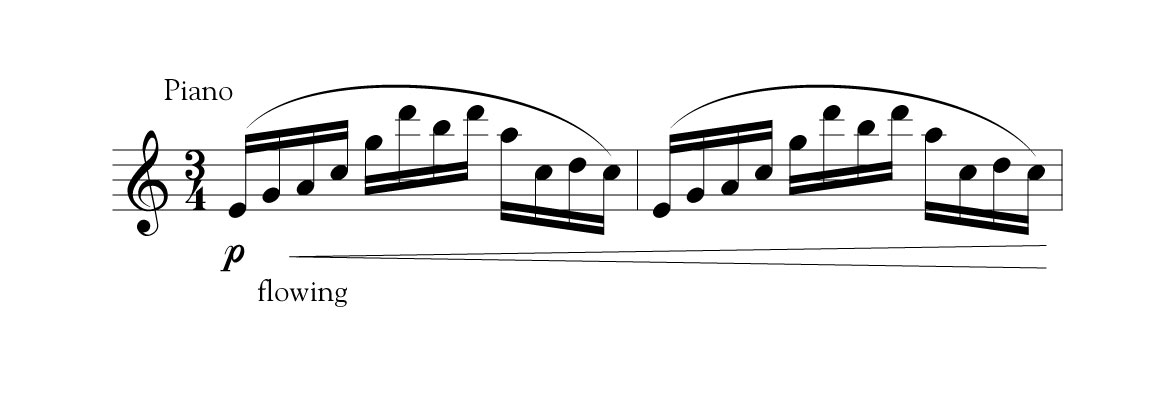
The brass answer this ostinato with a bell tone effect that creates a cluster based on the Rosa theme. Each entrance should have the same relative volume so this cluster can be heard. The work concludes with a return of the minor 9th from Section II, and this final unsettling sound fades to niente. Camphouse writes in the program notes, “The work’s final measures serve as an ominous reminder of racism’s lingering presence in modern American society.”
The score includes excellent program notes, and the director should share this information with the ensemble, as the work is programmatic in nature. Camphouse mentions the books Rosa Parks: My Story by Rosa Parks with Jim Haskins (Puffin, 208 pages) and Stride Toward Freedom by Martin Luther King, Jr. (Harper, 240 pages). Directors may also wish to read Rosa Parks’s book Quiet Strength (Zondervan, 96 pages). These three books could provide opportunities for important class discussions related to the performance of this work.






